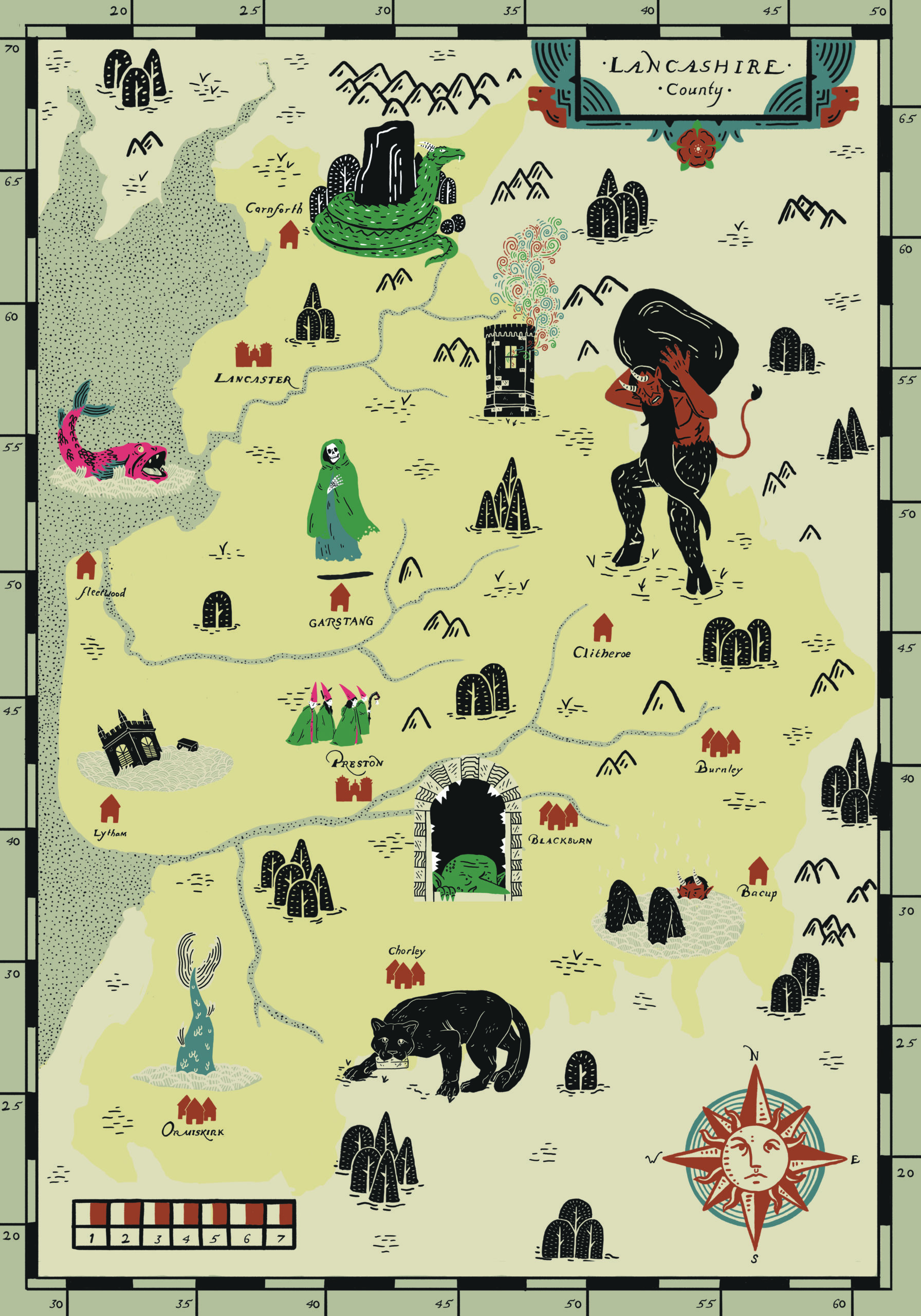
Making History
Illustration printed on 210 gsm paper and shown digitally

Illustration printed on 210 gsm paper and shown digitally
Research into Lancashire’s history led to an exploration of its folklore, culminating in a series of illustrations depicting the region’s boggarts, devils, mermaids and more.
Under this commission, Daniel presents a detailed map of locations rumoured to be the home of his series of mythical creatures. The aim of the project is to bring awareness to the forgotten tales our ancestors once told and to make sure they don’t disappear in the modern world.
Under this commission, Daniel presents a detailed map of locations rumoured to be the home of his series of mythical creatures. The aim of the project is to bring awareness to the forgotten tales our ancestors once told and to make sure they don’t disappear in the modern world.

Yealand Dragon
An enormous serpent dragon was said to have lived at Hawes Tarn – it would coil itself around the nearby Buck Stone where it would hide and eat sheep, swallowing them whole. One rumour said that the dragon had been following a dragon slayer named Roger De Conyers, who had acquired the land. Perhaps the dragon had followed the dragon slayer to enact revenge?
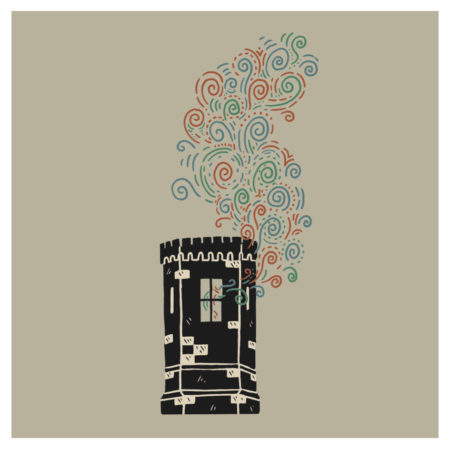
Necromancer
Edward Stanley built Hornby Castle. He was a well known atheist, a cardinal sin at the time. At night, townspeople reported seeing lights at the tower of the castle where it was believed Edward was performing ungodly rites. It was believed he murdered his brother so he could marry his widow to take her riches.
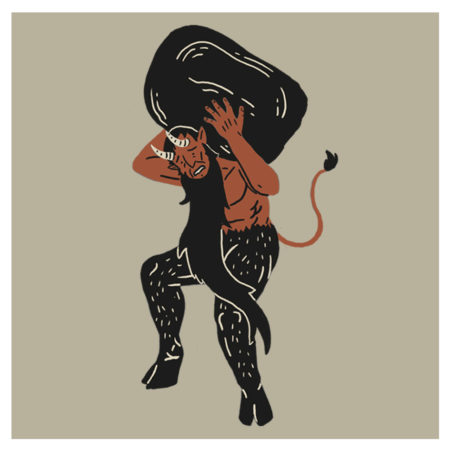
Devil’s Greatstone
Big rocks and stones are usually tied to the devil as a way to explain how a random rock got to a place, the Great Stone of Fourstones in Tatham Fells is no exception. Supposedly this rock was dropped by the devil while he was on his way to build the devil’s bridge in Kirkby Lonsdale.

Gubberford Boggart
During the English Civil War, a soldier killed his estranged wife at Gubberford Bridge. It is said, in years after, that a cloaked woman would stand at the bridge looking for a lift from people on horseback passing by. Only when on the horse would she reveal herself to the rider, showing that she was nothing more than a skeleton.
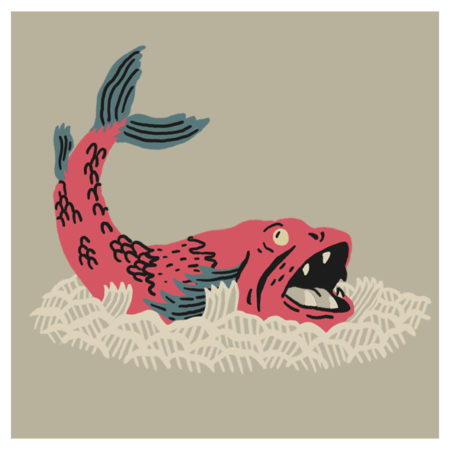
Irish Sea Monster
During WWII, German sailors were captured by the British Navy, who found them stranded in the Irish Sea. Upon questioning them, the German sailors claimed they were the crew of a submarine which was lurking in the Irish Sea. They said that their submarine had been sunk by a giant sea monster with great eyes and large teeth.

Kilgrimel
A small settlement was believed to have been located between Blackpool and Lytham. In the 16th Century, the settlement disappeared – supposedly it had been swept away by the sea. Legend has it that, on New Year’s Eve, you can still hear the toll of the church bell.

Fairy Funeral
Fairy funerals are a piece of folklore told across the North; it is said whoever witnessed a fairy funeral procession would be doomed. Near St. Mary’s Church in Penwortham, two men who were walking together at night came across one. They hid, however one of the men jumped out when he saw the corpse was of himself. His fate was now sealed, and he died one month later.

Blackburn Boggart
Windows were being broken in Blackburn town. A man was accused of vandalism after he was seen by a police officer picking up a rock that had been thrown at a smashed window. At the court hearing, it was concluded he could not have been the vandal because his own windows had been broken. The judge, with no other leads, declared the windows must have been broken by a mischievous Boggart.
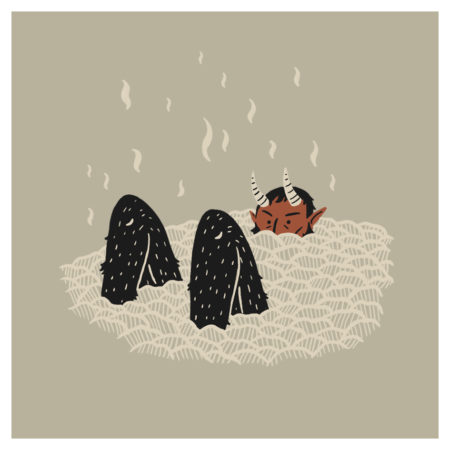
Devil’s Bath
Up in the moors of Bacup, there is a pile of boulders known as Hell Clough. Somewhere around here, there was once a pool of water in which the devil used to bathe. One day there was a storm, which overfilled the pool so much that the edge was about to give way under the weight. The devil, not wanting to lose his favourite bathing spot, constructed a dam of boulders to protect the pool.
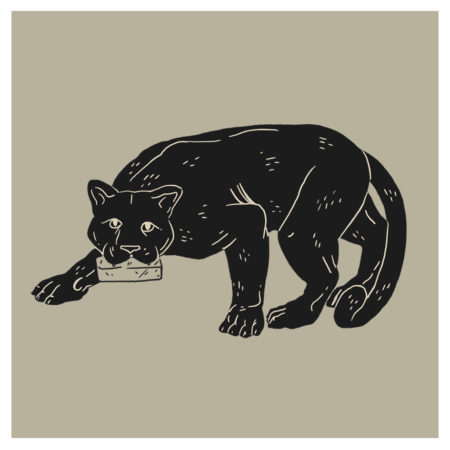
Giant Cat
The people of the town of Whittle-le-Woods set out to build a new church. However, every night, the foundations of the church were moved to a farmer’s field in Leyland. The townsfolk decided to keep a Nightwatch and, in the morning, the guards reported that a giant cat had been moving them. Taking this as an omen, the town decided to build the church where the cat had been placing the foundations.
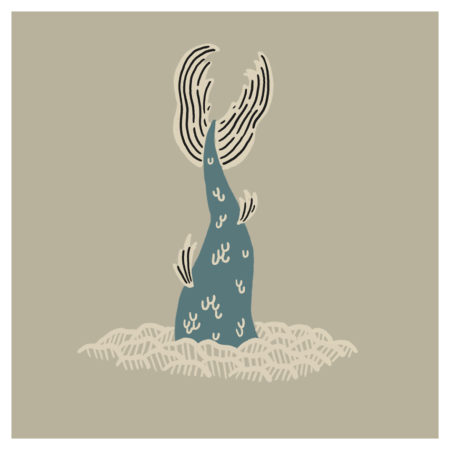
Burscough Mermaid
There is a story of a child-stealing mermaid that comes from Burscough. This mermaid was said to live in Martin Mere. She stole a child and allowed it to be fostered by a captain. The real father of the child found out that the Captain had possession of his son and captured him. The father, enraged, was said to have shot at the Captain, however the mermaid saved him.
Daniel (Nelson Illustrates) is a narrative driven illustrator originating from Greater Manchester with a passion for history and folklore. New to being a professional Illustrator after graduating in 2020, he developed his strong style in the final year of his degree, using garish colours, patterns and empty space to tell stories. Daniel was the Winner of D&AD ‘One to Watch’ at the 2020 New Blood Festival through his development of a campaign to market Audible in cities. His work is often created in two ways, either digitally, or traditionally using inks and paint markers.